PPT-LUCIAN AND LATER ANTIQUITY
Author : briana-ranney | Published Date : 2015-10-18
Lucian A Syrian author who wrote in Greek in the 2 nd c AD As an outsider he offers a very sharp intelligent caustic and very humorous view of the ancient Greek
Presentation Embed Code
Download Presentation
Download Presentation The PPT/PDF document "LUCIAN AND LATER ANTIQUITY" is the property of its rightful owner. Permission is granted to download and print the materials on this website for personal, non-commercial use only, and to display it on your personal computer provided you do not modify the materials and that you retain all copyright notices contained in the materials. By downloading content from our website, you accept the terms of this agreement.
LUCIAN AND LATER ANTIQUITY: Transcript
Download Rules Of Document
"LUCIAN AND LATER ANTIQUITY"The content belongs to its owner. You may download and print it for personal use, without modification, and keep all copyright notices. By downloading, you agree to these terms.
Related Documents

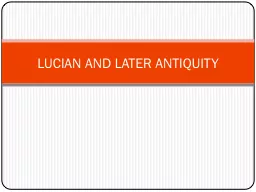
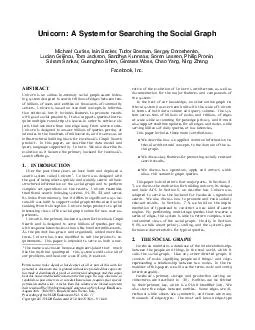
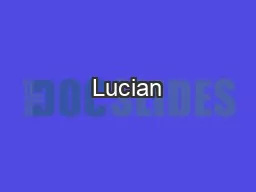
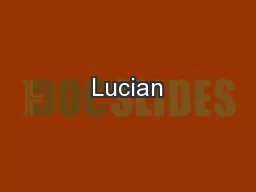

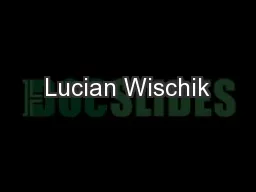

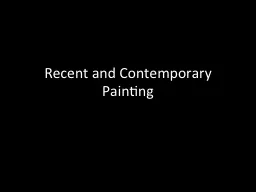
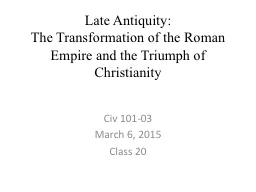
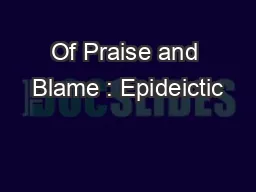
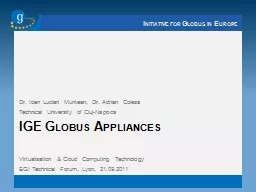
![[EBOOK]-Technology and Culture in Greek and Roman Antiquity (Key Themes in Ancient History)](https://thumbs.docslides.com/956579/ebook-technology-and-culture-in-greek-and-roman-antiquity-key-themes-in-ancient-history.jpg)
![[READ]-The Mastery and Uses of Fire in Antiquity](https://thumbs.docslides.com/956978/read-the-mastery-and-uses-of-fire-in-antiquity.jpg)
![[DOWNLOAD]-The Mastery and Uses of Fire in Antiquity](https://thumbs.docslides.com/957899/download-the-mastery-and-uses-of-fire-in-antiquity.jpg)